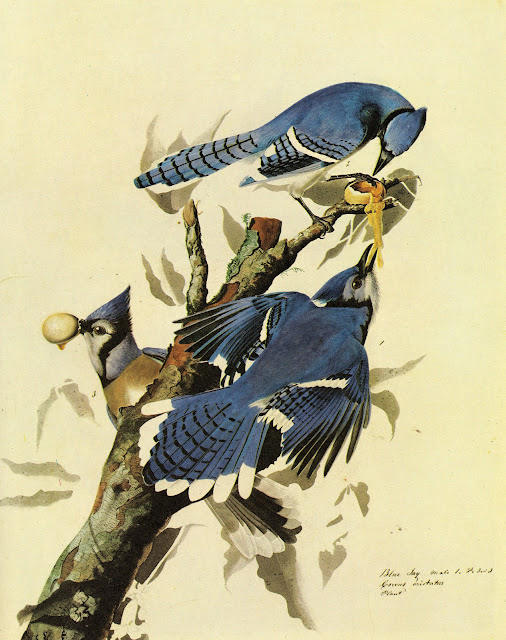 |
| Demons tempt the dying man with crowns (a medieval allegory to earthly pride) under the disapproving gaze of Mary, Christ and God. |
Believe it or not, this codex provides protocols and procedures for a good death, explaining how to die well according to Christian precepts of the late Middle Ages. Hard to believe, but has an explanation: this amazing codex was written under influence and historical context of the effects of the Black Death which was one of the most devastating pandemics in human history caused by the bacteria “Yersinia Pestis”. Consequence: around 40% of total Europe population died in less than 2 years, between 1348 and 1350. Author of this book is unknown, theories point to a Dominican friar in Germany. The book has the following chapters: 1) First chapter explains that dying has a good side, and serves to console the dying man that death is not something to be afraid of. 2) Second chapter outlines the five temptations that beset a dying man, and how to avoid them (lack of faith, despair, impatience, spiritual pride and avarice). 3) Third chapter lists the seven questions to ask a dying man. 4) Fourth chapter expresses the need to imitate Christ's life. 5) Fifth chapter addresses the friends and family, outlining the general rules of behavior at the deathbed. 6) Sixth chapter includes appropriate prayers to be said for a dying man.
 |
| Appropriate prayers to be said for a dying man (6th Chapter) |
 |
| Representation of avarice temptation |









